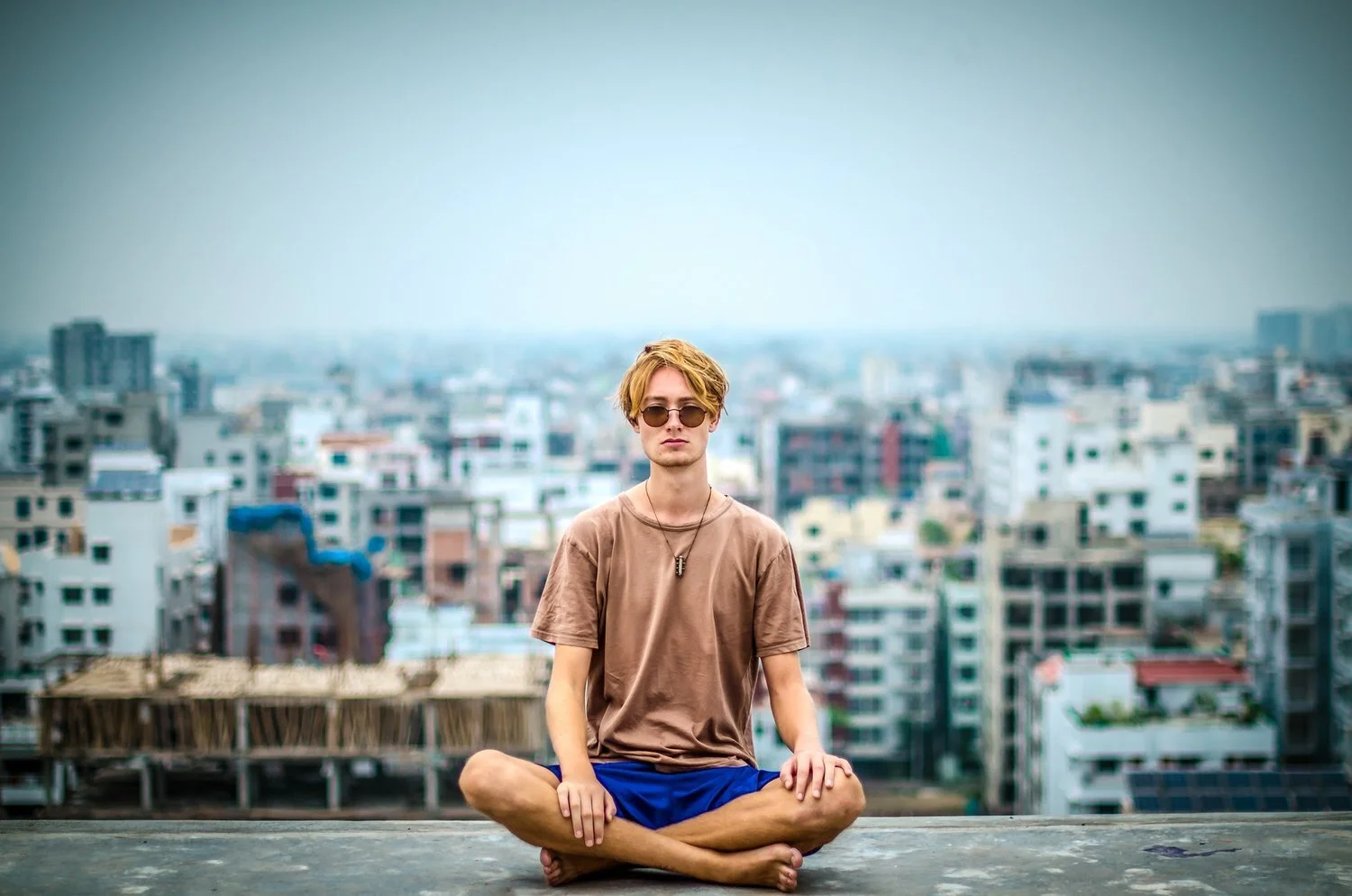Drugs play a major role in medicine. Yet they have also become a leading cause of death. Being mindful of their effect is an important best practice in modern life. “Just say No to drugs” is a simple, useful catch phrase. It applied originally to harmful, addictive drugs taken by youth, but it can really apply to any drug taken by anybody, at any age, for any reason. But, when one considers all the drugs that are available and all the effects that they cause, perhaps a better way to look at it is to “just ask WHY to drugs.”
The concept of saying No to drugs has its roots in the 1980s when First Lady Nancy Reagan answered a student who wanted to know what to say if someone offered her drugs. The First Lady’s answer was “Just say no.” That suggestion soon became the theme for the adolescent drug prevention movement in the 1980s and beyond.” Just say no programs had mixed results, but effective ones involved substantial interaction between instructors and students, particularly when students “rehearsed refusal” by playing roles on both sides of a conversation about drugs.
Picture yourself as a physician prescribing medication for yourself. There are three kinds of scripts for you to write. Prescribe stimulants? They ranging from everyday nicotine and caffeine to amphetamines, cocaine, and crack. How about depressants, cannabis, alcohol, and opioids such as Heroin, Morphine and Codeine. The last type is a bad idea to be sure, but you can write that script for hallucinogens that results in unpredictable distortions of your perception of reality.
Addictive drugs can confuse your brain by flooding it with dopamine, the neurotransmitter that helps regulate movement, emotion, and feelings of pleasure. When activated at normal levels, dopamine rewards eating, sex, and other natural behaviors. Overstimulation by drugs produces euphoria, reinforcing the addictive behavior of drug use. So, be sure to ask why when doing highly addictive drugs.
Caffeine is a drug. Being aware of how much we use the drugs in our daily lives is useful. Having a cup of coffee is routine for most people. As a drug, caffeine has its place, otherwise we’d be left to wonder why God invented Starbucks. According to Mayoclinic.org, “up to 400 milligrams (mg) of caffeine a day appears to be safe for most healthy adults. That's roughly the amount of caffeine in four cups of brewed coffee, 10 cans of cola or two ‘energy shot’ drinks.”
Alcohol is another everyday drug. Although they are an important part of life in most countries, wine, beer and spirits are drugs nonetheless. Although ingesting alcohol increases the depressive effects of the inhibitory neurotransmitter GABA, drinks in a social setting have their place.
Nicotine—think: pack of cigarettes—is a drug that acts as a stimulant. Depending on where you are, it may be legal to have a smoke to go with that coffee or beer depends on where you are, because smoking is banned in many public places. For more than half a century, since the 1964 U.S. Surgeon General's report, the health risks of tobacco have been known. So, before lighting up, ask just ask Why.
Talking to your coach. Just ask why to every drug. If there is no good reason to use it, right then and there, just say no all day every day. Check in with your coach to discuss why you did—or did not—say no to drugs. Doing the journal entry will make you think. The coach will ask you questions, not expecting you to answer, but rather to help you understand the cues and reinforcers that influence your decisions about drugs.



